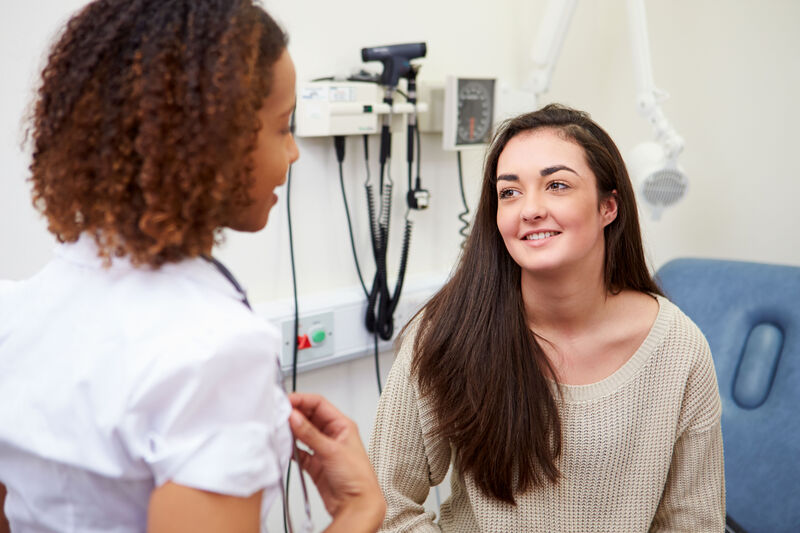Condition
Precocious Puberty
What You Need to Know
Puberty that happens early is called precocious puberty. This means a child's physical signs of sexual maturity develop too soon.
Key Symptoms
Symptoms or signs of precocious puberty can include:
- Breast or testicular growth
- Pubic hair
- Voice changes
Diagnosis
Your child may have blood tests to measure levels of hormones such as:
- Luteinizing hormone (LH)
- Follicle stimulation hormone (FSH)
- A form of estrogen called estradiol
- Testosterone
- Thyroid hormones
Treatment
Treatment may be done with synthetic gonadotropin-releasing hormone agonists. This can stop the sexual maturity process. Additionally, seeking a child counselor to help them cope with these changes if needed may be recommended.
Schedule an Appointment
Our pediatric specialists provide personalized care for your child’s physical, mental and emotional health needs. Meet our providers and schedule an appointment today.
Frequently Asked Questions
What is precocious puberty?
What causes precocious puberty in children?
Who is at risk for precocious puberty?
What are the symptoms of precocious puberty?
How is precocious puberty diagnosed in children?
How is precocious puberty treated in children?
What are possible complications of precocious puberty in children?
How can I help manage my child's precocious puberty?
When should I call my child's healthcare provider?
Meet the Providers Who Treat Precocious Puberty
Departments that Treat Precocious Puberty

Endocrinology and Diabetes
Ranked among the best in the U.S., our Division of Endocrinology and Diabetes offers pediatric care for endocrine conditions, including hormone health and diabetes management. Learn more about this department.

Help Kids and Make a Difference
Invest in future cures for some of life's most devastating diseases. Give today to help more children grow up stronger.








